The future of humanity could be determined by tech.
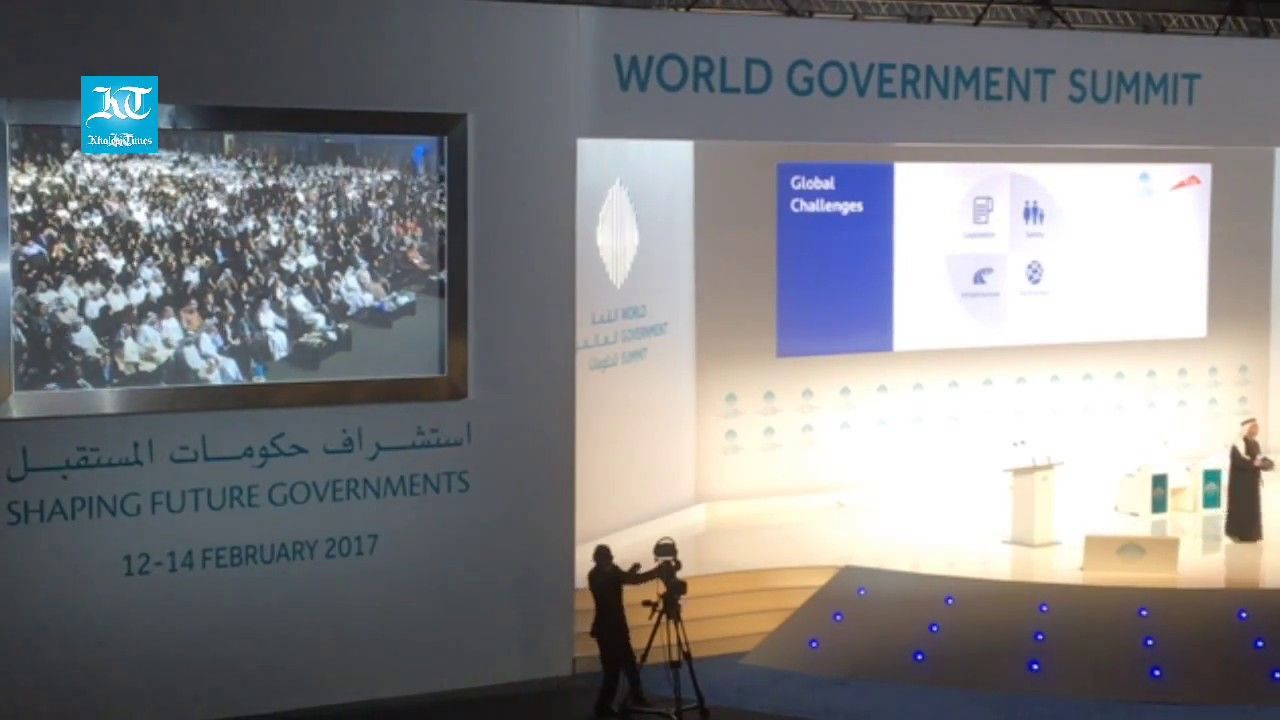

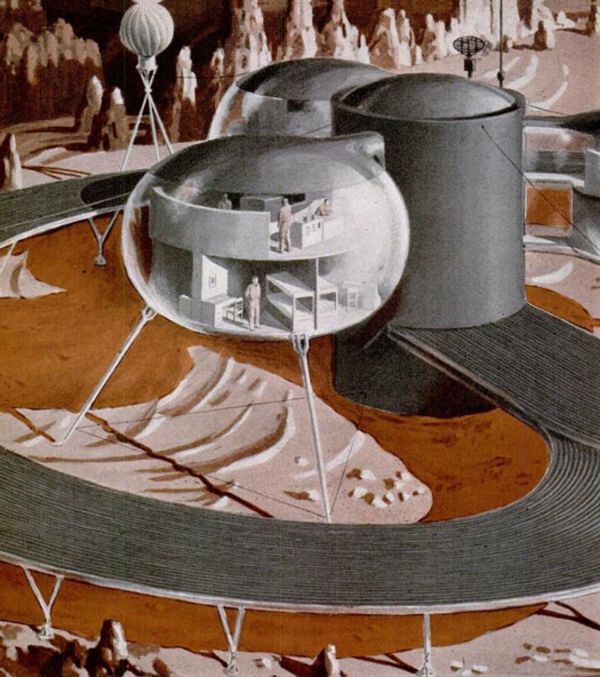
A little more than 40 years ago, Dubai was a tiny pearl-fishing village lined with dirt roads. Now it’s the largest and most futuristic city in the world, the jewel of the United Arab Emirates (UAE). From manmade, palm tree-shaped archipelagos to jetpack-wearing firefighters and the world’s tallest building, the city has a reputation for taking on insanely ambitious projects and executing them with swiftness and expertise. Now, the UAE has a vision to build an even crazier city—on Mars.
On Tuesday, hot on the heels of the World Government Summit in Dubai, the vice president and prime minister of the UAE and Emir of Dubai, Sheikh Mohammad bin Rashid Al Maktoum, announced the country’s goal of building a “mini-city and community on Mars” with international cooperation.
“We aspire to great things, so my brother Mohammed bin Zayed [the first president of the UAE and crown prince of Abu Dhabi] and I today decided the UAE will join the global effort to send humans to Mars,” Al Maktoum announced, as if going to Mars were as easy as deciding what to have for dinner.

Wish he & a couple of others would join this ranks that others are on which makes way more sense plus benefits the masses tremendously. Musk needs to join others in their work to enhance humans via Quantum Biosystems as this work is already showing signs of success across multiple areas such as anti-aging, disease elimination, intelligence & communications, security, reduction in costs of healthcare & social programs, advancements in new creative innovations in technology & medicine, new industry new growth/ economic expansion, elimination of starvation, etc.
How can humans stay relevant in an age of artificial intelligence? Elon Musk thinks cyborgs are the answer.
The Tesla and SpaceX CEO discussed the need for a “merger of biological intelligence and digital intelligence” during a talk on Monday at the World Government Summit in Dubai, CNBC reported.
One of the main advantages computers have over humans is the speed at which they can send out information, Musk said. While humans are limited by the speed of their typing, a computer can send out information at “a trillion bits per second,” Musk said. As artificial intelligence (AI) becomes more advanced, humans will also need to evolve to remain relevant, he added.
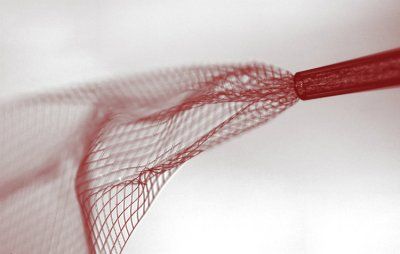
Elon Musk says humans need to merge with machines to become a sort of cyborg. “Over time I think we will probably see a closer merger of biological intelligence and digital intelligence,” Musk told an audience at the World Government Summit in Dubai, where he also launched Tesla in the United Arab Emirates (UAE).
“It’s mostly about the bandwidth, the speed of the connection between your brain and the digital version of yourself, particularly output.”
Musk explained what he meant by saying that computers can communicate at “a trillion bits per second”, while humans, whose main communication method is typing with their fingers via a mobile device, can do about 10 bits per second.
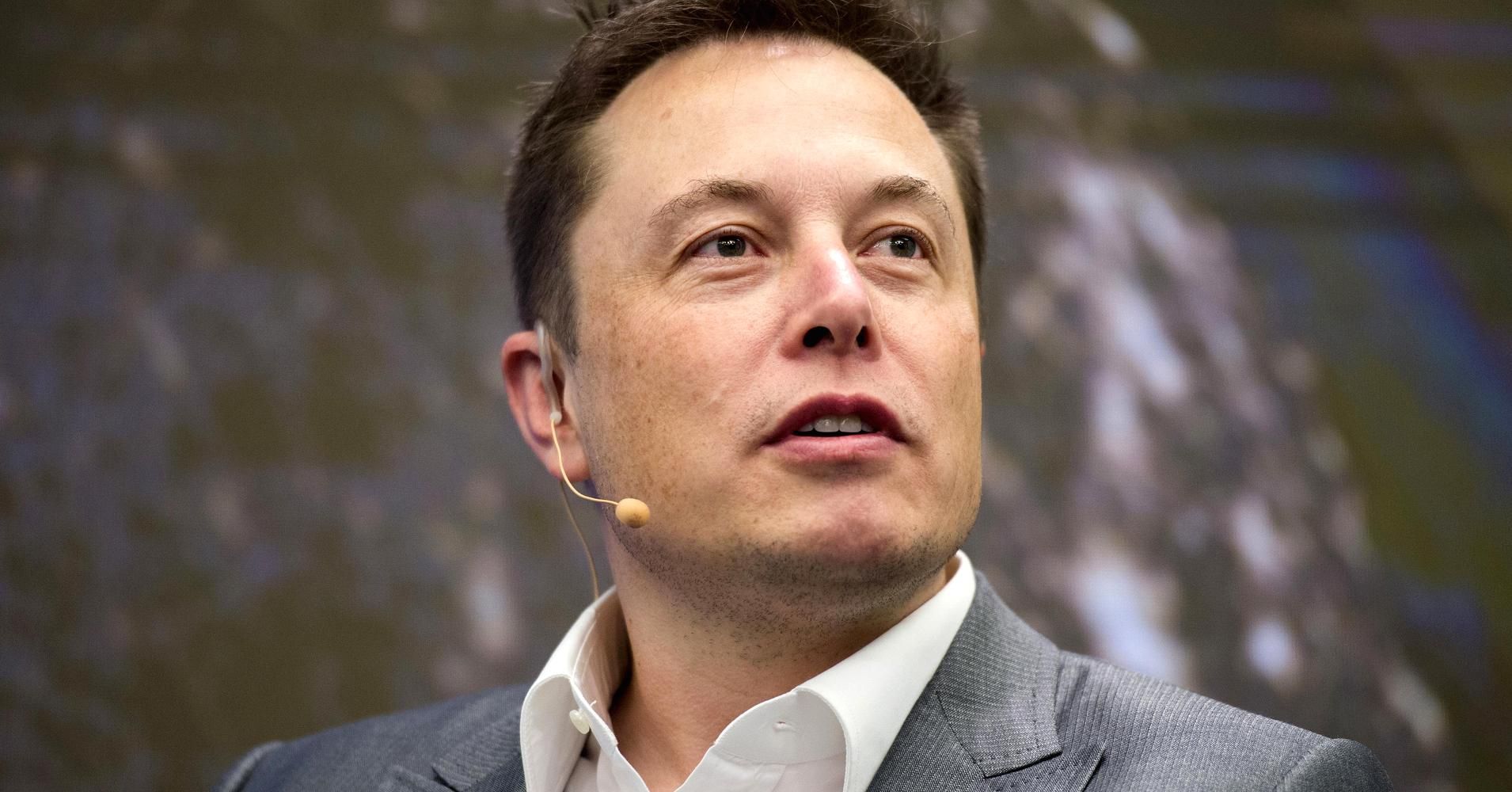
Billionaire Elon Musk is known for his futuristic ideas and his latest suggestion might just save us from being irrelevant as artificial intelligence (AI) grows more prominent.
The Tesla and SpaceX CEO said on Monday that humans need to merge with machines to become a sort of cyborg.
“Over time I think we will probably see a closer merger of biological intelligence and digital intelligence,” Musk told an audience at the World Government Summit in Dubai, where he also launched Tesla in the United Arab Emirates (UAE).

Elon Musk shared his thoughts on the future of jobs and the government’s role in a rapidly changing society.

The leading projects for developing a hypersonic spaceplane are Reaction Engines of the UK and Hypermach.
Reaction Engines Skylon
Reaction Engines of the UK is a leader in developing a hypersonic vehicle and hypersonic components. The British government finalized a £60 million to the project: this investment will provide support at a “crucial stage” to allow a full-scale prototype of the SABRE engine to be built. If all goes to plan, the first ground-based engine tests could happen in 2019, and Skylon could be performing unmanned test flights by 2025. In November 2015, BAE Systems invested £20.6 million in Reaction Engines to acquire 20 per cent of its share capital and agreed to provide industrial, technology development and project management expertise to support Reaction Engines during its development phase. It could carry 15 tonnes of cargo to a 300 km equatorial orbit on each trip, and up to 11 tonnes to the International Space Station, almost 45% more than the capacity of the European Space Agency’s ATV vehicle.
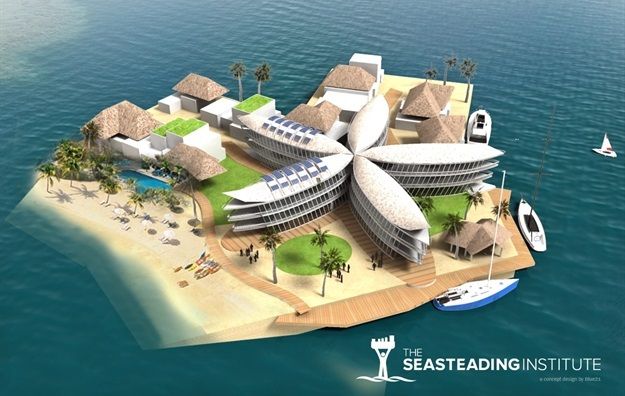
The French Polynesian government, earlier this year, officially signed an agreement with The Seasteading Institute to cooperate on creating legal framework to allow for the development of The Floating Island Project. The legislation will give the Floating Island Project it’s own “special governing framework” creating an “innovative special economic zone”.
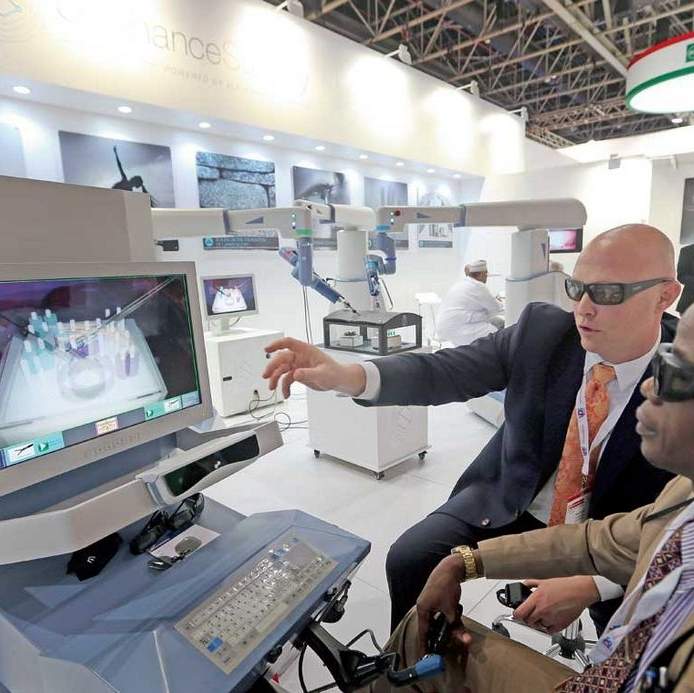
Highly sophisticated robotics and ‘bio-printing’ are rapidly changing the face of modern surgery, significantly eliminating the risk of human error and in some cases even allowing doctors to perform procedures remotely, according to experts at Arab Health.
Dr Peter C.W. Kim, vice-president and associate surgeon-in-chief of the Joseph E. Roberts Jr. Centre for Surgical Care at Washington DC’s Children’s National — which has received millions of dollars in donations from the UAE’s government — noted that doctors will soon be able to 3D-print using bio-tissue, such as for an eardrum.
“What our engineers and researchers have done is not only design the plastic with it, but also graft cells onto it,” he said. “This is where we are going. You will (in the future) be able to have organs on the shelf. Instead of harvesting it, you can print it.”
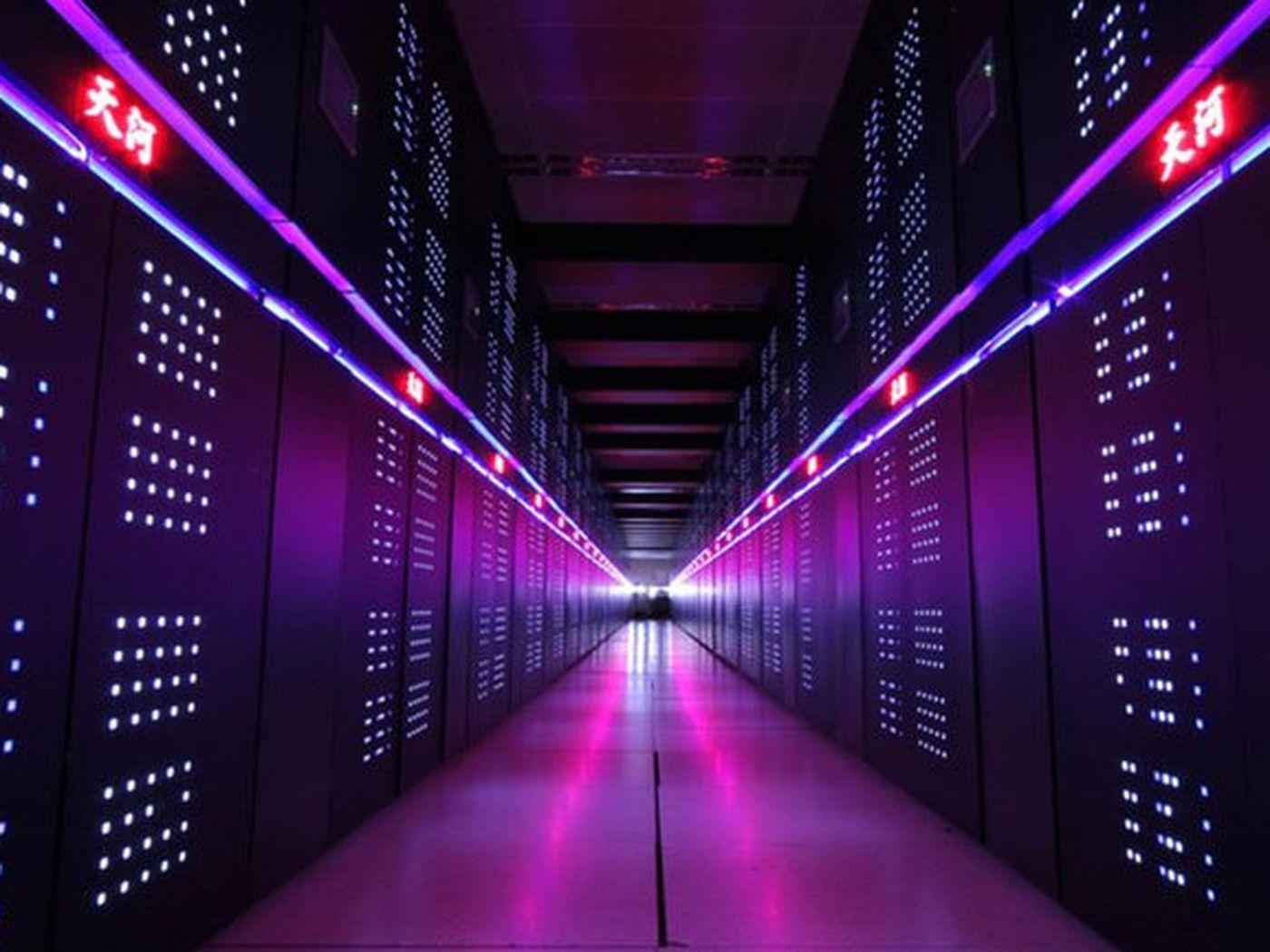
China’s National Supercomputer Centre announced that the prototype for its exascale supercomputer will be completed later this year, ahead of its initial date in 2018. The successful performance and commercialization of the computer is presumed to drastically improve existing 3D printing or additive manufacturing methods.
Over the past few years, the Chinese government and companies in the private sector have been increasingly focused on the development of supercomputers. The Tianhe supercomputer series which feature Tianhe-1 and Tianhe-2, still remains as the most powerful supercomputer series, below the Sunway TaihuLight which was released in mid-2016.
Zhang Ting, a computer engineer based in the National Supercomputing Center of Tianjin located at the National Defense Science and Technology University, revealed earlier this month that in 2020, three years after the completion of the prototype, the exascale computer will be used to its full potential, running a wide range of applications, networks and platforms.